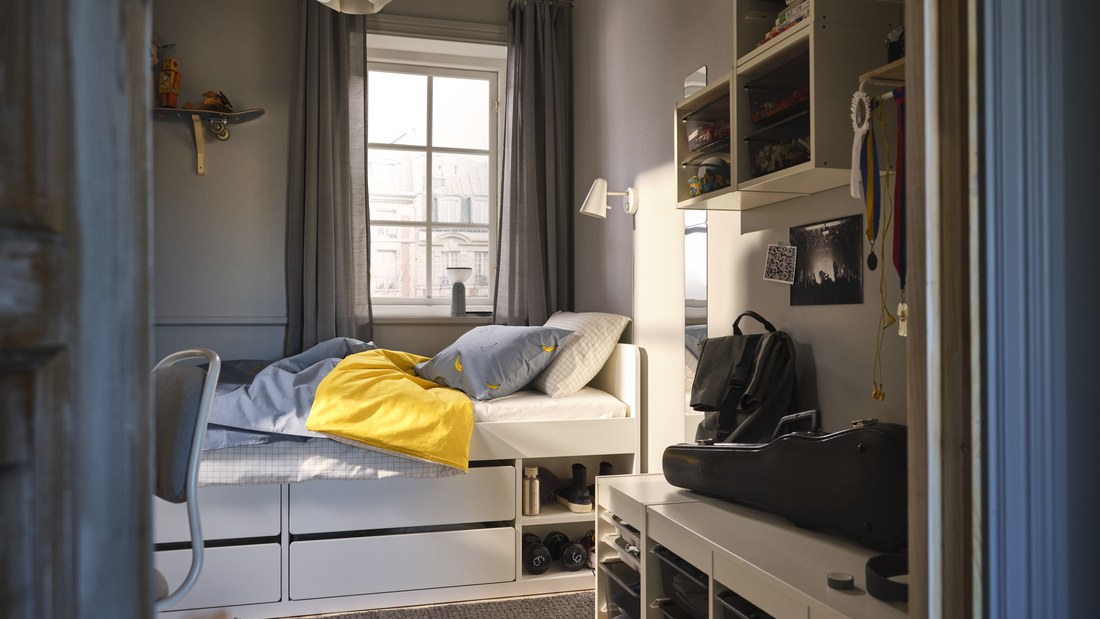The ideal room temperature plays a crucial role in maintaining health and enhancing sleep quality. Achieving a better night’s sleep involves creating a comfortable bedroom environment, including setting the right temperature.
Factors such as blankets, duvets, curtains, and blinds can affect the air temperature in the room. Using the right blanket or choosing a duvet with the appropriate thickness can help regulate body temperature during sleep.
Additionally, curtains or blinds help control external heat and reduce light exposure that may disrupt sleep comfort. Learn more!
Why the ideal room temperature is important for sleep quality
The right room temperature significantly impacts an individual's sleep cycle. The human body naturally lowers its temperature by about 2 degrees Celsius at night, and a cool room helps accelerate this process.
When the room temperature is within the ideal range, the body finds it easier to fall asleep and remain comfortable throughout the night. Conversely, a temperature that is too warm can hinder the body's cooling process, causing sleep disturbances such as waking up frequently due to overheating.
Research recommends a room temperature between 15-19 degrees Celsius for restful sleep, while older adults may be more comfortable at 20-25 degrees Celsius.
Read also: Ideal mattress at Bandung's mattress store: the advantages of IKEA Kota Baru Parahyangan
Choosing the right duvet and blanket to control bedroom temperature
Controlling room temperature is crucial for a restful sleep, and selecting the right duvet and blanket plays a significant role in maintaining warmth.
The main difference between duvets and blankets lies in their materials and functions in maintaining an ideal body temperature. Here are the details to help you make your choice:
Duvet
A duvet consists of an outer layer (duvet cover) and filling (duvet inner) made from goose down or high-quality synthetic fibers.
Duvets offer excellent thermal insulation, keeping body temperature warm in cold weather. With a removable cover, they are easier to maintain.
A thick duvet can maintain body temperature in a cool environment, providing optimal sleep comfort.
Blanket
Blankets come in materials such as polyester, fleece, or wool, with thinner thickness compared to duvets.
Blankets are more flexible and can be used without additional layers. They are suitable for various settings, such as on the bed or while lounging on the sofa.
Blankets are suitable for different seasons. Thin blankets for summer and thicker ones for winter.
Tips for choosing a duvet based on the season



